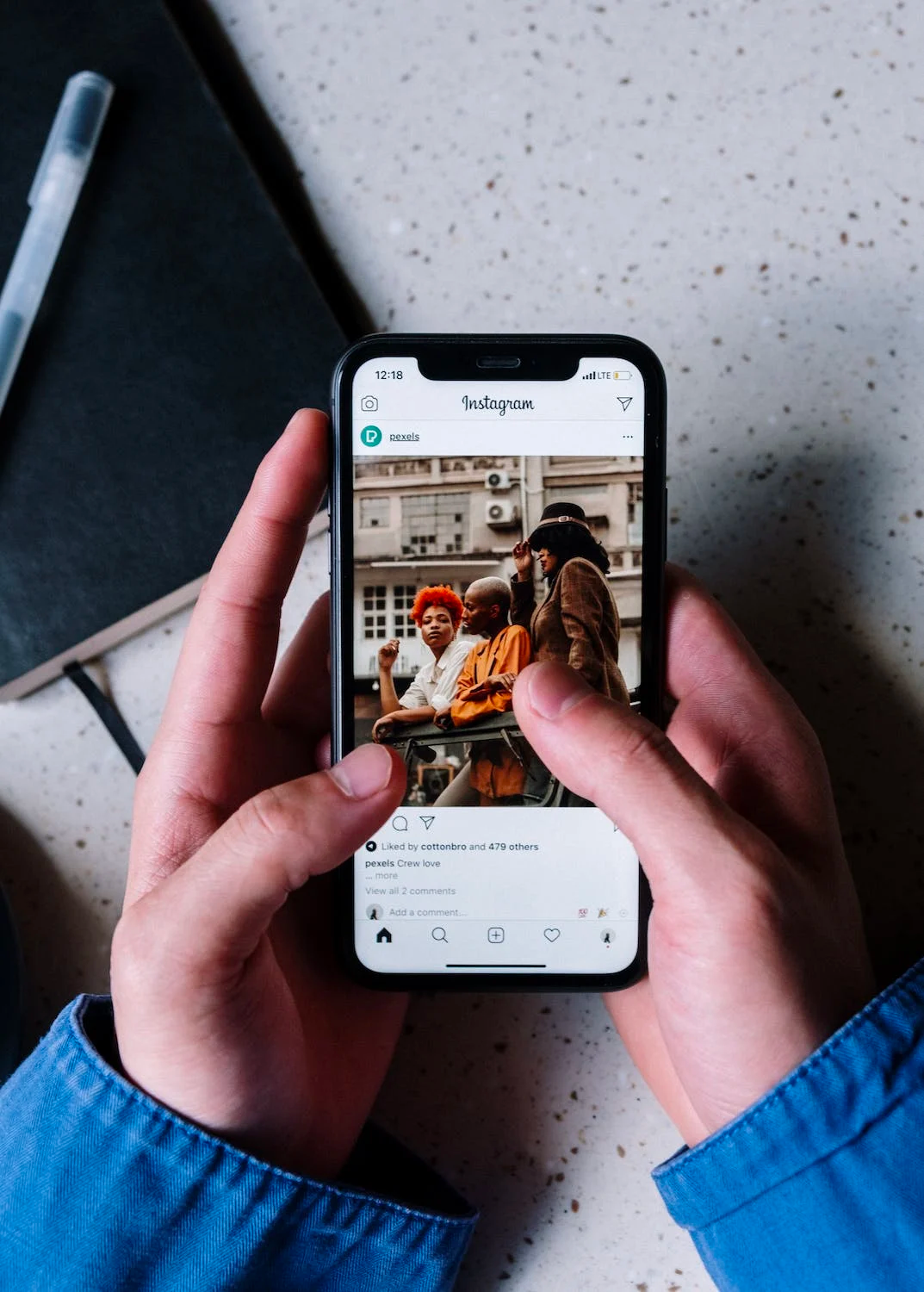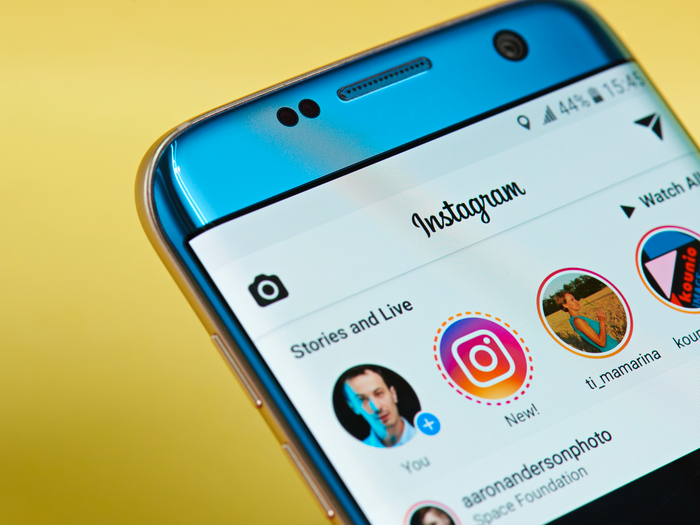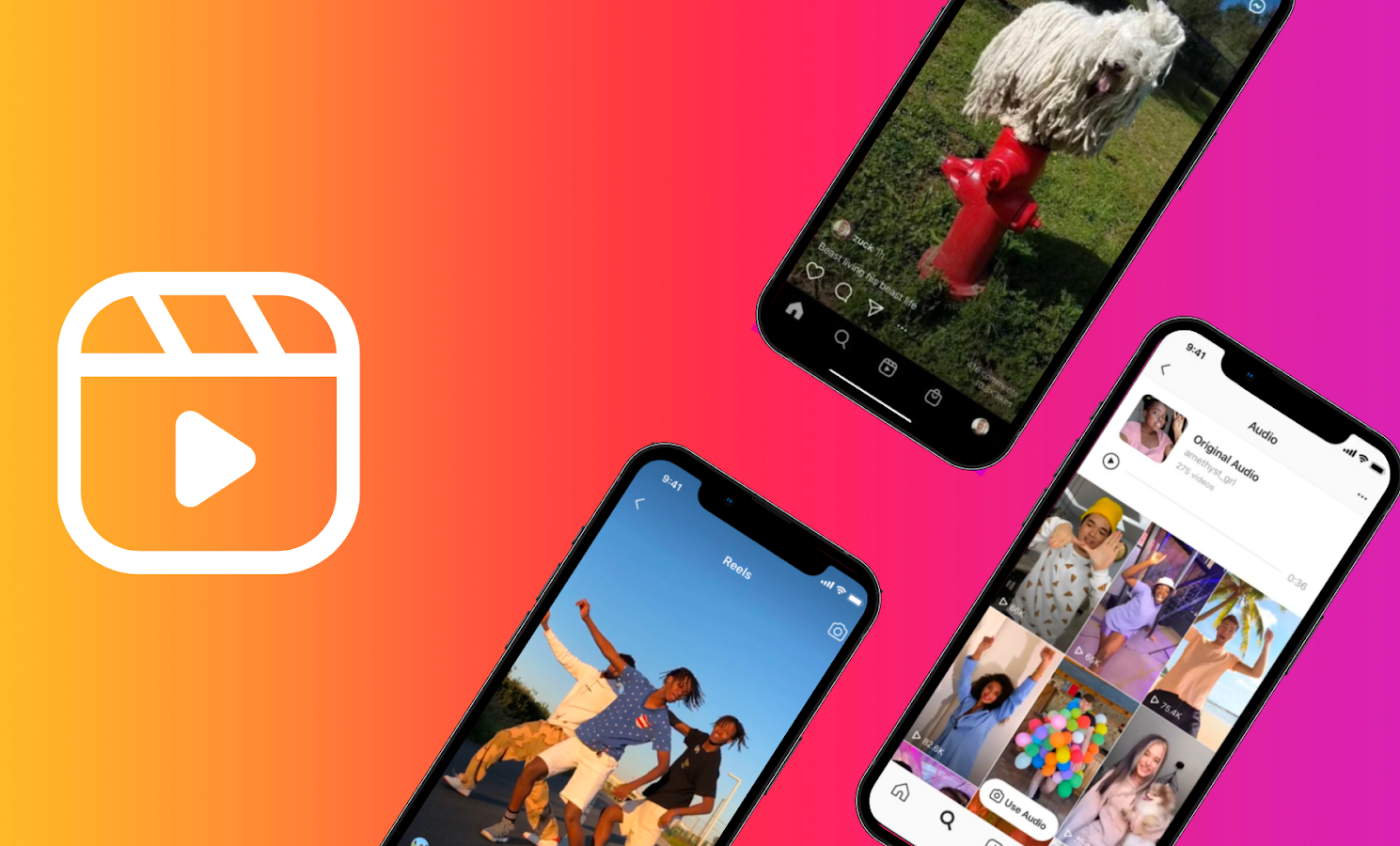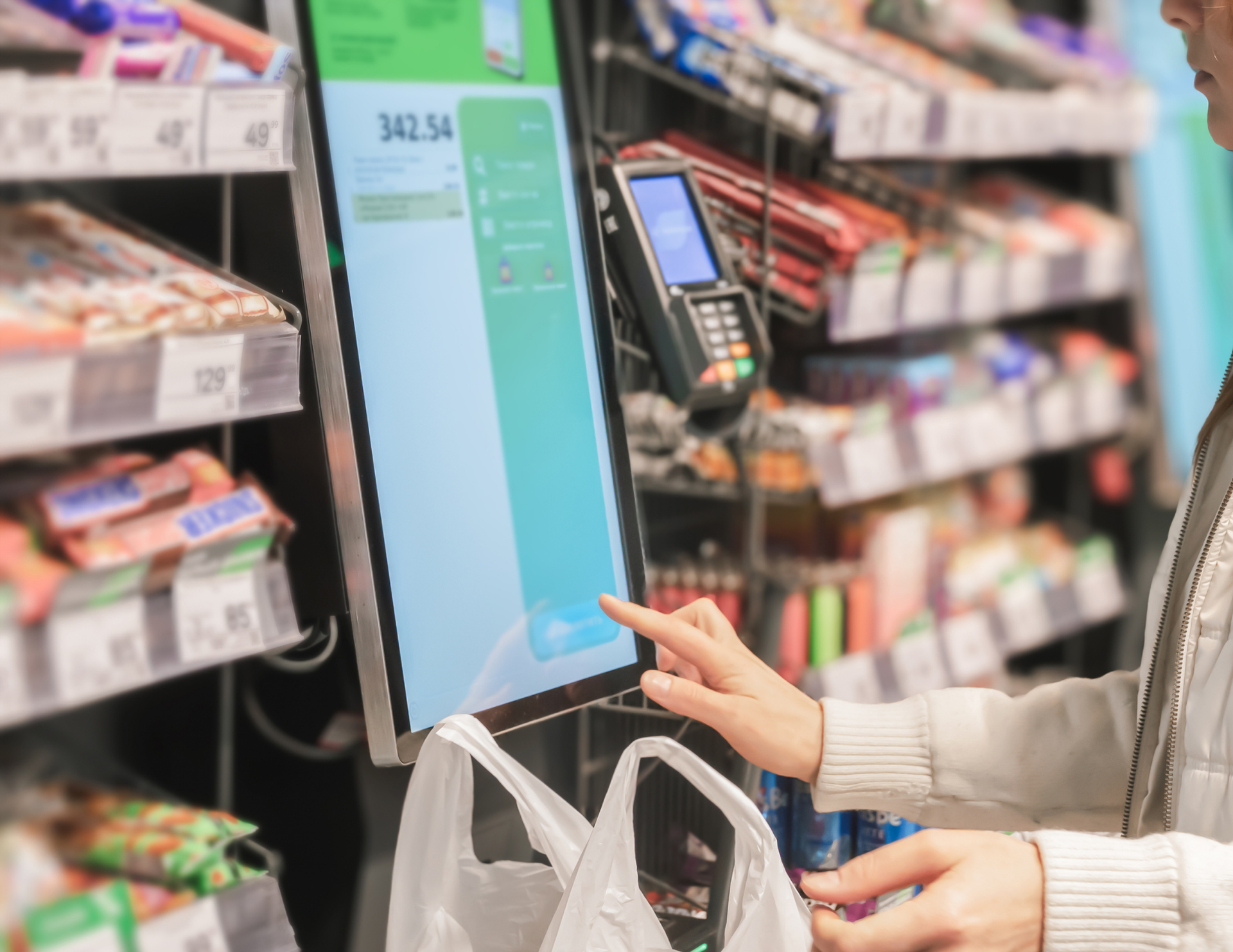Instagram Ranking Algorithms Explained
For years, Instagram has kept its ranking methods under wraps, leaving avid Instagram users and outside developers to create theories about the operation of this algorithm … until now! In late May, Adam Mosseri, head of Instagram,
released a blog post detailing the ins and outs of the ranking algorithm for each component of the app. We’re here to take you through these different algorithms so that your brand gets noticed on Instagram.

Feed Rankings
Your feed is the first thing that you see when you open the Instagram app. The feed is a hub of recent posts from the accounts you follow with an occasional ad or suggested post sprinkled throughout. Instagram picks up “signals” from its users, which they define as “information we have about what was posted, the people who made those posts, and your preferences.” The four signals that Instagram uses to suggest (in order of importance) are:
- Activity - this includes what you like, comment on, share, and save
- Information about the post - this includes the number of likes, comments, shares, and saves on a particular post
- Information about the account that posted - this may include the number of followers the account has and the number of interactions that account has had recently
- Interaction history - the number of interactions you have had with the account
From there, Instagram ranks these posts using factors such as the number of times that you viewed their profile and the amount of time you spent on one of their posts or a post like it. Instagram has also released a list of guidelines for the content that they place lower on the feed.
Story Rankings
Stories can be found at the top of the feed when you open the app. Like the feed, every few stories the user will be shown a suggested ad. Stories have their own set of signals that influence which stories appear first:
- Viewing history - this takes into account the number of times you’ve viewed an account’s story
- Engagement history - this includes the number of times you’ve interacted with an account’s story by liking it, sending a direct message, or sharing
- Closeness - this looks into your relationship with the account and determines how connected you may be with them

Reels Rankings
Reels can be accessed along the menu on the bottom of the screen by tapping the clapperboard (or as we average people know it as “the board that people hold when they say ‘action’ on a movie set”) icon. Reels can also be found in your feed if they are suggested for you. Reels have a similar set of signals compared to the feed:

- Activity - this includes what you like, comment on, share, and save
- Interaction history - the number of interactions you’ve had with the account
- Information about the Reel - this includes the number of likes, comments, shares, and saves on a particular Reel along with the content of the Reel which can be defined by the audio and visuals
- Information about the account that posted - this may include the number of followers the account has and the number of interactions that account has had recently
As you scroll, Instagram can use this algorithm to better predict videos that you may find appealing or interesting.
Explore Rankings
Explore can be found by tapping the magnifying glass icon on the menu at the bottom of Instagram. Explore compiles an array of posts from accounts that you don’t yet follow, but Instagram thinks you may be interested in. The set of signals for Explore is also very similar to the signals for Reels and the feed:
- Information about the post - this includes the number of likes, comments, shares, and saves on a particular post; this matters more for Explore than the feed
- Activity in Explore - this includes what you like, comment on, share, and save within Explore
- Interaction history - the number of interactions you’ve had with an account
- Information about the account that posted - this may include the number of followers an account has and the number of interactions that account has had recently

How to Use This Information
In short, get your followers to interact with your posts more. This can be done through encouraging comments on your posts or telling users to click the link in your bio. Both of these examples will trigger Instagram’s algorithm to suggest your account and its posts more often to those who choose to engage.
Ignite your company’s social media strategy with SparkShoppe! Contact us today to learn more about how our team can help your business grow its social media presence.
















